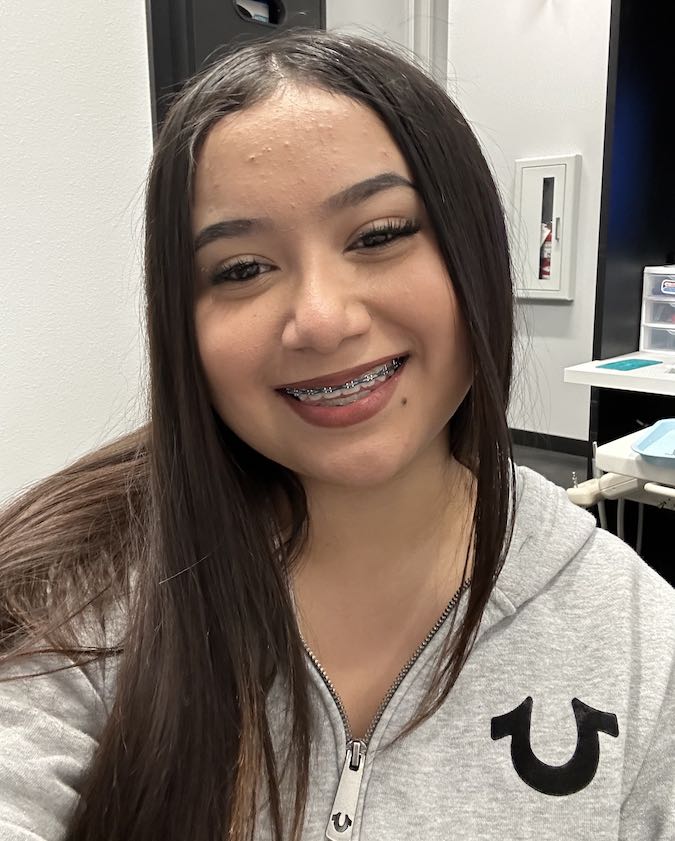It is well-known that the best and most effective way to keep up with our oral health is a daily routine that includes brushing and flossing at least twice a day. But how can you know if you are using the best dental tools for this? The quick answer is that any toothbrush and floss will do the trick. However, it’s always important to know the different options that are available and find the ones with which you’ll feel most comfortable.
Here are some of the things you should look out for when buying your next toothbrush:
- Bristles – The head of your toothbrush can have either soft, medium, or hard nylon bristles. The most widely recommended are soft-bristled toothbrushes since harder ones can damage your gums or enamel if you tend to brush too hard.
- Size – Although you will find different-sized heads, the most common adult toothbrush is about one inch tall; bigger ones may be more uncomfortable to move around in your mouth. If the toothbrush is for a kid, you will find smaller ones made specifically for them.
- ADA Approved – The ADA Seal of Acceptance will let you know that the toothbrush has been tested for safety and efficacy. You can check out the different products that have earned their seal on the ADA website.
- Manual or Electric – One of the main differences to consider between these options is the cost. Usually, an electric toothbrush will be more costly than a manual one although you can now find more economic options as well. In the end, it’s really about a personal preference.
- Child’s Toothbrush – The same considerations apply when looking for a toothbrush for your kid. Colors and design are also valuable aspects that can help get your child more interested in brushing their teeth.
When it comes to floss, there are different types that you can choose from. Here are some of the most common:
- Unwaxed Floss – This floss is usually made out of nylon strands and is free from any type of chemicals. Unwaxed floss is great for teeth with very small gaps between them but can easily break.
- Waxed Floss – This is very similar to unwaxed floss but has an added layer of wax that makes it harder to break and easier to slide. However, this floss is a bit thicker and it may be harder to get through very small gaps.
- Water Flosser – These are devices that use a stream of high-pressure water in order to remove food debris between the teeth.
- Dental Tape – This is one of the thicker types of floss and is flatter. It can be more comfortable for people with larger gaps, but very difficult to use with more crowded teeth.
- Floss Picks – These are small plastic devices that hold a piece of floss at one end and can be much easier to handle than a long piece of string. Floss picks are usually disposable and meant for a single use.
As with toothbrushes, the type of floss you choose is mainly a personal preference. You can also ask your doctor for advice based on the condition of your teeth and gums. Want advice from a Risas doctor? Schedule an appointment for an exam and x-ray with us!


